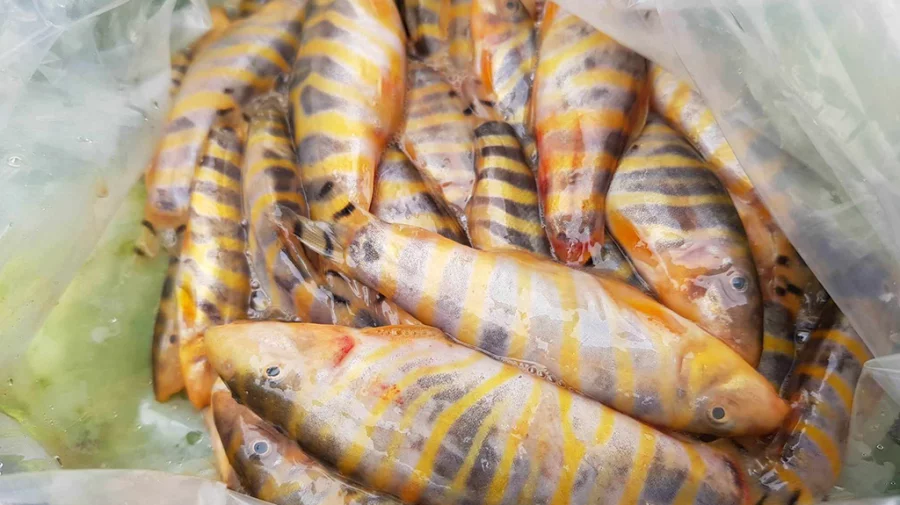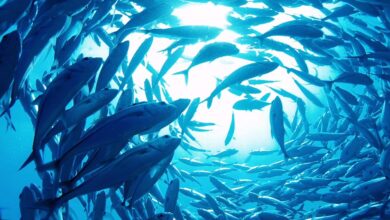
In the last 14 years, Bangladesh has successfully recovered 29 nearly-extinct fish species from the deltaic region, conserving them in the recently established Live Gene Bank for reproduction. This initiative, led by the Bangladesh Fisheries Research Institute (BFRI), aims to safeguard critically endangered freshwater fish varieties by preserving them in the Live Gene Bank, established in 2020, with plans for reproduction in commercial hatcheries.
According to Dr. Mohammad Julfiqur Ali, the Director General of BFRI (Bangladesh Fish Research Institute), this effort has not only recovered species previously thought to be extinct but is also actively preserving other threatened freshwater fish species categorized as “critically endangered,” “endangered,” “vulnerable,” and “near threatened.”
The International Union for Conservation of Nature (IUCN) reported in its 2025 assessment that 25.3% of Bangladesh’s total fish species (64 species) are considered “threatened.” Out of these, nine species are “critically endangered,” 30 are “endangered,” and five are “vulnerable.” This marks an increase compared to the IUCN’s 2000 assessment, which reported 54 threatened fish species, including 12 “critically endangered,” 28 “endangered,” and 14 “vulnerable.”
The IUCN estimates that Bangladesh is home to a total of 266 fish species, with 140 being small fishes and the remaining 126 classified as big fishes. The decline in natural fish production and species in open waters over the past decades has led to the threat of extinction for several fish species.
Dr. Anuradha Bhadra, Principal Scientific Officer at BFRI, mentioned that out of the 64 threatened species identified by the IUCN, the institute has successfully protected the germplasm of 40 species. The Live Gene Bank, located at BFRI’s head office in Mymensingh with a sub-station in Nilphamari, plays a crucial role in protecting local fishes that were once abundant in nature and served as a significant dietary source.
BFRI scientists have preserved genes of 162 endangered fish species in two gene banks, including 102 small and indigenous fisheries. In the event of a species being lost from nature, the gene bank will facilitate breeding in hatcheries and release them into open water bodies for natural regeneration.
Despite these efforts, Professor Dr. Rafiqul Islam Sarder from Bangladesh Agricultural University’s Fisheries Biology and Genetics Department cautioned that the taste of open water fishes reproduced in closed water through artificial breeding with the help of a gene bank may differ. However, he emphasized the necessity of a gene bank in situations where animals or plants face extinction threats.
Fish contribute significantly to Bangladesh’s protein intake, providing 60% of the country’s annual protein consumption. Over the last three decades, Bangladesh has witnessed a six-fold increase in fish production, reaching over 46.21 lakh tons in the 2020-21 fiscal year. In 2020-21, the country ranked third globally in terms of fisheries resources, contributing 3.57% to the GDP.
The aquaculture sector in Bangladesh involves approximately two crore people directly or indirectly and consumes about 42 lakh tons of fish annually. Bangladesh has become a major exporter of fish and fish-related products, earning over US$533 million in the 2021-22 fiscal year, constituting more than 1% of the country’s total export earnings.




